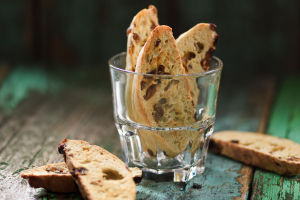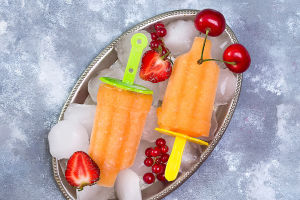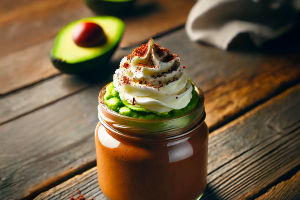Friends, imagine slicing into sizzling galbi at a tabletop grill, then chasing the heat with cool makgeolli.
South Korea’s culinary scene bursts with vibrant flavors and communal fun—here’s your roadmap to the country’s can’t-miss eats and sips.
BBQ Bliss
At a Korean barbecue joint, pick cuts like bulgogi (marinated sirloin). Grill over charcoal or gas, then wrap in lettuce with garlic, kimchi, and ssamjang. Expect to spend ₩25,000–₩35,000 per person for an all-you-can-eat set. Hongik Sutbul Galbi in Seoul remains a top pick for authentic atmosphere.
Royal Feast
For a regal spread, order hanjeongsik—20+ dishes served simultaneously. Bronze bangjja tableware showcases seasonal fish, tofu stews, noodles, and a kaleidoscope of banchan. Korea House in Seoul’s Gyeongbokgung offers a set from ₩60,000 per person, with artful plating and traditional hanok ambiance.
Bibimbap Bowl
Jeonju’s bibimbap layers rice, spinach, carrots, bean sprouts, and egg, topped with red gochujang. Stir vigorously to combine five colors representing balance. Dolsot bibimbap arrives in a hot stone bowl (₩8,000–₩12,000), creating a crunchy rice crust. Visit Hanguk-jip for the genuine temple-like setting.
Kimchi Culture
No Korean table is complete without kimchi. Beyond cabbage, try kimchi-jjigae (stew) with tofu (₩7,000–₩10,000). Michelin-starred Kwonsooksoo reinvents kimchi with seasonal ingredients—expect a tasting flight from ₩100,000.
Fried Chicken
Dubbed chimaek, this combo pairs double-fried chicken—plain or coated in gochujang glaze. A half-and-half order costs around ₩18,000 for six drumsticks. Kkanbu Chicken in Seoul’s Gangnam district is famed for its ultra-crisp batter.
Street Snacks
Seoul’s Dongdaemun Market brims with carts selling odeng (fishcake skewers, ₩1,000), dakkochi (chicken skewers, ₩2,500), and sweet bungeo-ppang (fish-shaped pastries, ₩1,500). In Busan’s BIFF Square, sample fresh grilled squid (₩5,000) and hotteok pancakes (₩2,000).
Healing Soup
On sweltering summer days, Koreans turn to samgyetang, a whole young chicken stuffed with ginseng, jujube, and garlic. At Tosokchon near Gyeongbokgung, a bowl is ₩15,000–₩18,000. The “yi yeol chi yeol” principle—fighting heat with heat—refreshes through sweat.
Rainy Comfort
When raindrops fall, pair pajeon (green onion pancake, ₩8,000). Muldwinda in Myeong-dong offers seafood pajeon, perfect for a contemplative afternoon.
Sweet Endings
Traditional desserts include hotteok (syrup-filled pancakes, ₩1,500), hodu-gwaja (walnut cookies, ₩1,000), and patbingsu (shaved ice with red beans, ₩7,000–₩10,000). For refined sweets, visit a tea house like O’sulloc for dasik pressed cakes (₩3,000 for a set).
Food Towns
Seoul’s themed districts simplify your hunt: Sindang-dong Tteokbokki Town for spicy rice cakes (₩5,000–₩7,000), Sundae Town near Sillim Station for blood sausage soup (₩6,000).
Vegetarian Eats
While meat pervades, locals can dine at temple restaurants for vegan bibimbap and vegetable stews. Plant Café & Kitchen in Itaewon offers varied vegan bowls (₩10,000–₩15,000) in a leafy setting.
Conclusion
From communal BBQ grills to delicate tea-house confections, South Korea’s food culture is a shared adventure. Which dish will you dive into first? Let your taste buds lead the way and share your culinary dream!


